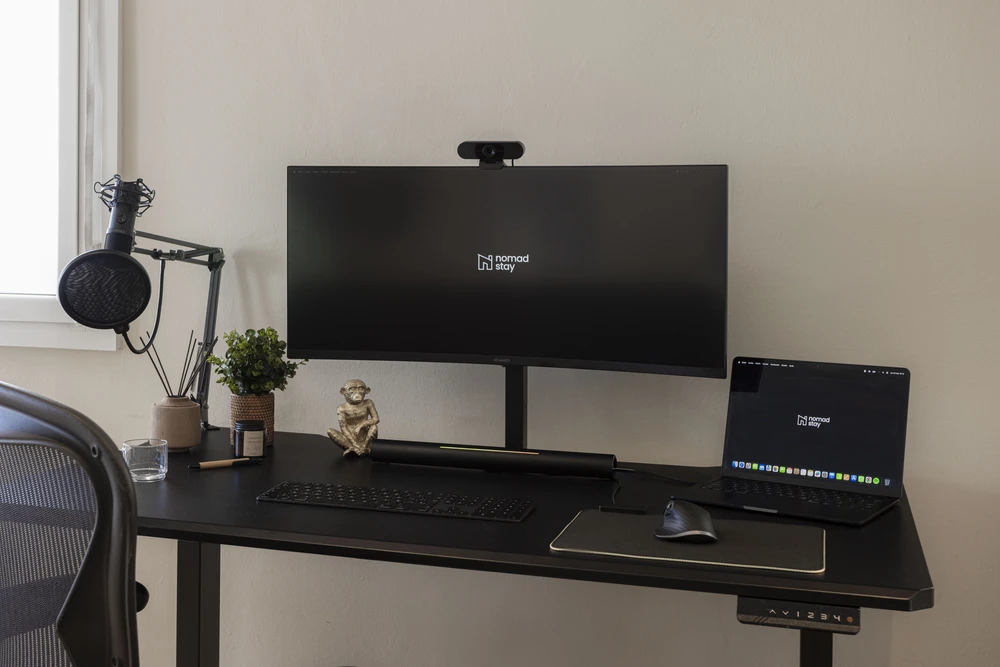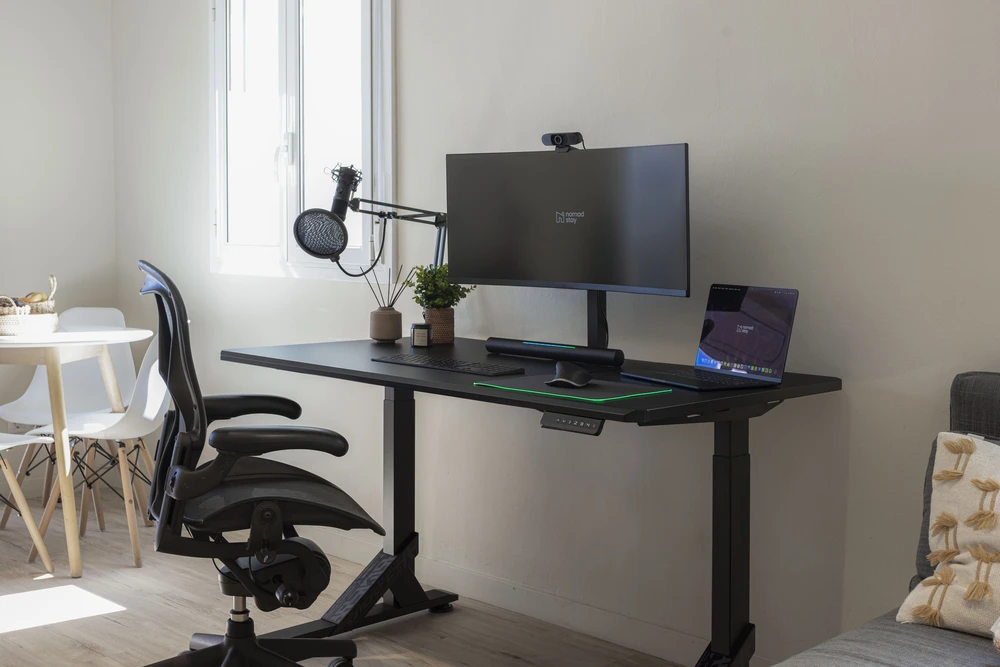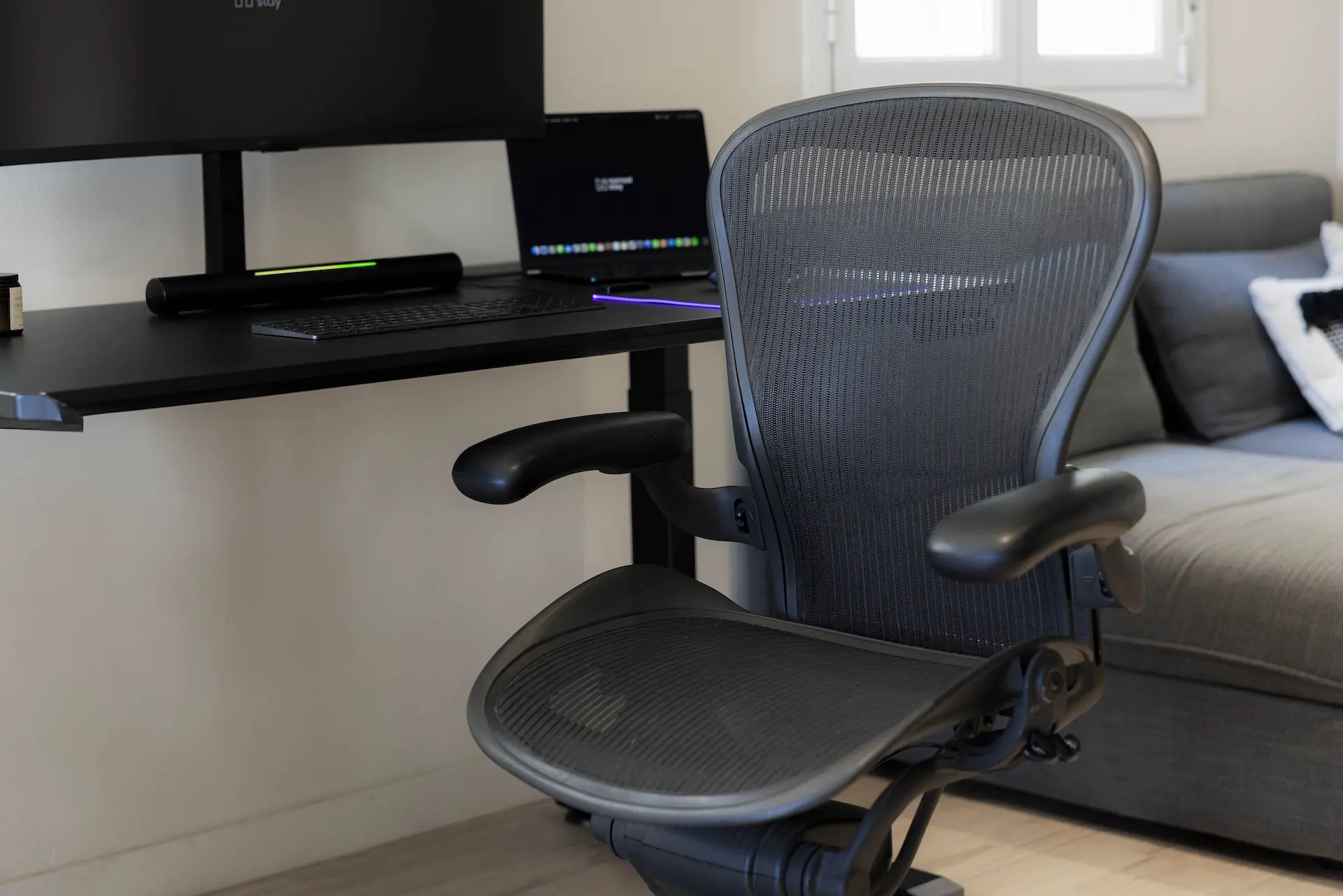Flexible Lease Solutions for Remote Workers
Explore flexible lease solutions tailored for remote workers, offering mobility, affordability, and work-friendly environments.

Flexible Lease Solutions for Remote Workers
Remote work has changed how people live, making traditional year-long leases less practical. Flexible lease options are now essential for remote workers who value mobility, affordability, and work-friendly spaces. Here’s a quick summary:
-
Challenges Remote Workers Face:
-
Hard-to-find short-term rentals.
-
Lack of work-friendly features like fast internet or ergonomic furniture.
-
High costs and logistical hurdles with traditional leases.
-
Feelings of isolation.
-
-
How Flexible Leases Help:
-
Short-term leases: Ideal for mobility and changing job needs.
-
Work-ready homes: High-speed internet, dedicated workspaces, and ergonomic furniture.
-
Lower costs: Furnished spaces with reduced upfront expenses.
-
Community-focused options: Coliving spaces for social interaction and shared amenities.
-
-
Types of Flexible Rentals:
-
Coliving Spaces: Private rooms with shared coworking and living areas.
-
Furnished Short-Term Apartments: Fully equipped homes in urban and suburban areas.
-
Mixed Housing Options: Blend of private apartments and shared spaces for flexibility.
-
Quick Comparison
| Features | Coliving Spaces | Short-Term Apartments | Mixed Housing Options |
|---|---|---|---|
| Monthly Cost | $800-1,500 | $1,200-2,500 | $1,000-2,000 |
| Lease Terms | Weekly to monthly | 1-6 months | Weekly to quarterly |
| Work Setup | Shared coworking | Private office area | Choice of both |
| Community Events | Regular activities | Optional gatherings | Mix of both |
| Privacy Level | Shared living areas | Full privacy | Flexible options |
Flexible leases are reshaping housing for the 30% of U.S. jobs that are now remote. Whether you prefer privacy, community, or a mix of both, these options make it easier to live and work without long-term commitments.
Related video from YouTube
Housing Problems for Remote Workers
Remote workers face distinct housing challenges that the traditional rental market hasn't kept up with. With around 30% of jobs in the U.S. still being remote, the housing market is struggling to adapt to these shifting demands.
Hard to Find Short-Term Rentals
The focus on long-term leases in the housing market creates hurdles for remote workers who need more flexibility. From 2020 to 2022, about 2 million people moved out of major cities in search of better living conditions. However, many found themselves stuck with rigid rental agreements that didn’t align with their more mobile lifestyles.
Lack of Work-Friendly Features
Most rental properties aren’t designed with remote work in mind. Features like fast, reliable internet, dedicated office spaces, and ergonomic furniture are often missing, making these homes less practical for people working from home.
Financial and Setup Challenges
Traditional housing can be a financial and logistical headache for remote workers. High rents, steep security deposits, and long-term lease commitments make it tough to find affordable options. On top of that, the lack of furnished, ready-to-move-in spaces adds extra costs and effort.
Isolation and Disconnection
Remote workers often struggle with loneliness in traditional housing setups. Moving to suburban areas may offer more space and greenery, but it can also leave workers feeling cut off from their social and professional circles. New housing concepts, like coliving spaces, are stepping in to provide both community and work-friendly amenities, along with flexible rental terms.
These challenges underscore the growing demand for housing options that offer flexibility, practicality, and a sense of connection for remote workers.
How Flexible Leases Help
Flexible lease options are changing the game for remote workers, offering practical solutions to housing challenges. With 30% of U.S. jobs now remote, these housing options are becoming a go-to choice for the modern workforce.
Short-Term Lease Options
Short-term rental agreements give remote workers the ability to adjust their living situations as their jobs evolve. Unlike traditional year-long leases, these agreements suit those who need flexibility, especially international workers dealing with visa or residency restrictions. It’s a practical solution for navigating the global remote work lifestyle.
Homes Ready for Work
Many flexible rentals are designed with remote work in mind. These properties typically include high-speed internet, designated workspaces, and ergonomic furniture - features that are often missing in traditional rentals. They create a setup that supports productivity while addressing another big concern for remote workers: affordability.
Lower Costs and More Freedom
Flexible leases help keep housing costs in check. They often come with reduced upfront expenses and no long-term commitments. Fully furnished spaces also save remote workers the hassle and cost of moving furniture. For the 36% of renters focused on affordability, this option makes a lot of sense.
Rent Remote: A Great Option

Rent Remote specializes in fully furnished apartments in cities like Barcelona and Lisbon. These rentals include high-speed internet, ergonomic workstations, and access to coworking spaces - everything remote workers need to stay productive. Plus, they offer flexible terms that cater to the unique needs of digital professionals, combining convenience, functionality, and a sense of community.
sbb-itb-8c959d1
Types of Flexible Rentals
Remote work has changed the way people think about housing, leading to a variety of rental options that suit different work preferences and lifestyles. These flexible rentals are designed to meet the needs of remote workers, offering choices that blend work, living, and community. Let’s take a look at some of the most popular options.
Shared Coliving Spaces
Coliving spaces provide a mix of private and shared living areas. You get your own bedroom but share spaces like kitchens, coworking areas, and lounges with other residents. These setups are especially popular in suburban and rural areas that have seen an influx of remote workers.
Furnished Short-Term Apartments
These turn-key rentals come fully equipped with everything you need for remote work and daily life. Think high-speed internet, dedicated workstations, and all the essential amenities. Cities like Barcelona, Paris, and Lisbon have seen a surge in demand for these rentals, as digital professionals look for flexible, work-ready homes without committing to long leases. For those wanting a balance of privacy and community, hybrid housing models are also an option.
Mixed Housing Options
Mixed housing brings together the best of both worlds: private apartments and shared coliving spaces, all available through a single platform. This setup offers remote workers the flexibility to choose between complete privacy or a more community-oriented living arrangement.
| Level of Privacy | Private Apartments | Coliving Spaces |
|---|---|---|
| Privacy Level | Full privacy | Private room with shared areas |
| Work Setup | Personal office space | Access to coworking areas |
| Lease Flexibility | Monthly to quarterly terms | Weekly to monthly terms |
| Community Aspect | Optional social events | Built-in community interaction |
| Amenities | Fully private amenities | Shared premium facilities |
Comparing Flexible Rentals
"The rise of remote work means that people are now at home for entire days. This has definitely influenced what they look for when hunting for a new property", notes Luna from Coastline Equity.
Remote work has transformed the rental market, driving a 24% increase in housing prices since 2020. As more people adjust to working from home, finding the right rental option has become a key priority.
Feature Comparison Table
| Features | Coliving Spaces | Short-Term Apartments | Mixed Housing Options |
|---|---|---|---|
| Monthly Cost | $800-1,500 | $1,200-2,500 | $1,000-2,000 |
| Lease Terms | Weekly to monthly | 1-6 months | Flexible (weekly to quarterly) |
| Work Setup | Shared coworking spaces | Private office area | Choice of both |
| Internet Speed | 500Mbps-1Gbps shared | 300-500Mbps dedicated | Varies by unit type |
| Furnished | Yes, shared items | Yes, fully equipped | Yes, customizable |
| Community Events | Regular activities | Optional gatherings | Mix of both |
| Location Types | Urban centers | City & suburban areas | Multiple locations |
For remote workers, fast internet and furnished spaces are essential. These features allow for immediate productivity and reduce the hassle of setting up a workspace. Coliving spaces are great for those who value community and networking opportunities, while short-term apartments cater to those who prioritize privacy and dedicated work areas. Mixed housing options strike a balance, offering flexibility to shift between private and communal living depending on individual needs.
Conclusion
The rise of remote work has transformed what people look for in housing, with more than 35% of workers now working from home.
Flexible lease options have stepped in to solve many of the challenges remote workers face. Services like Rent Remote have emerged to meet these needs, offering fully furnished apartments equipped with high-speed internet and ergonomic workstations in popular cities like Barcelona and Lisbon.
Smaller towns and suburban areas have also adapted, rolling out workforce housing programs aimed at remote workers. These communities now prioritize features like reliable internet and dedicated workspaces to attract digital professionals.
Whether remote workers prefer the sense of community in coliving spaces or the privacy of individual apartments, flexible leases give them the chance to explore different setups. This approach lets them find the right mix of work and lifestyle without committing to one arrangement too soon.





















